Delta CRJ-900 Crash Lands, Flips Upside Down, Loses Both Wings
One Mile at a Time
FEBRUARY 17, 2025
Long story short, weather conditions in Toronto werent great, with winds of 23 knots, gusting up to 33 knots. link] pic.twitter.com/4ie8my5n01 News Channel3 Now (@newschannel3now) February 17, 2025 Below is the air traffic control audio from the incident, per VASAviation.

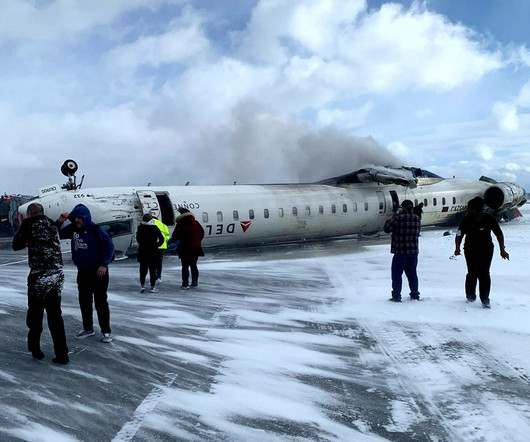
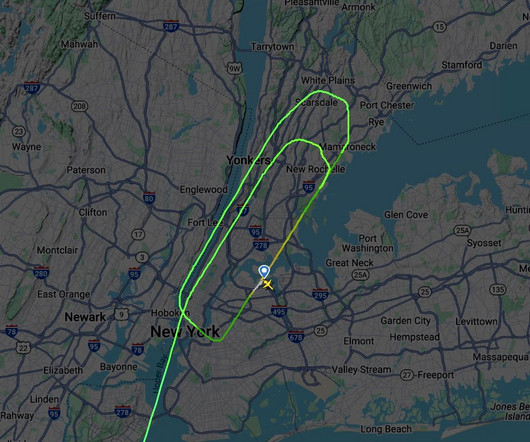





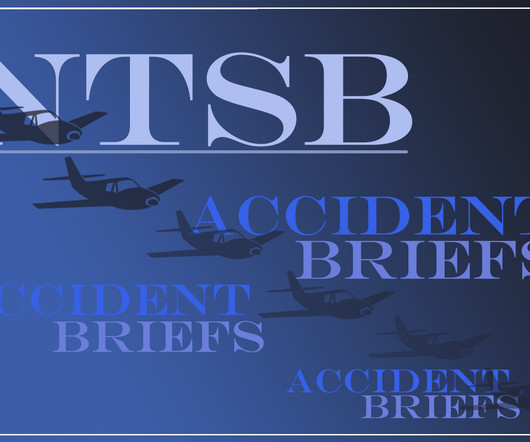
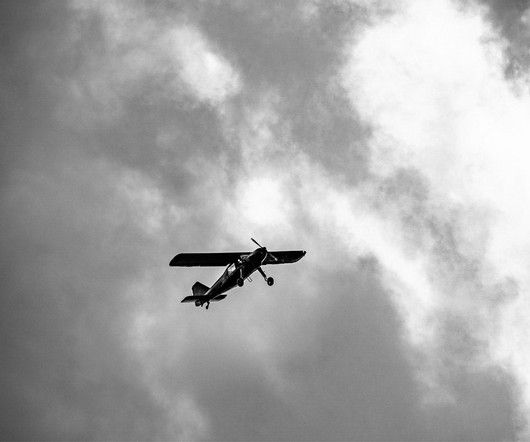
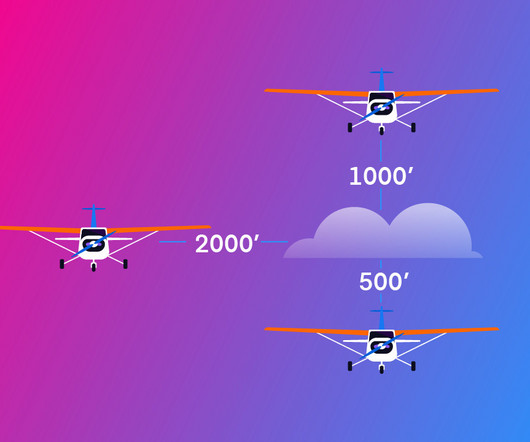
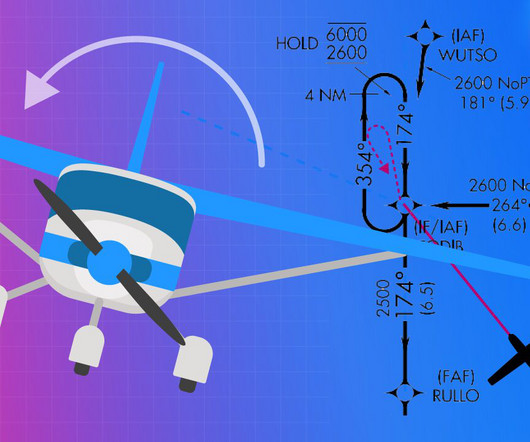
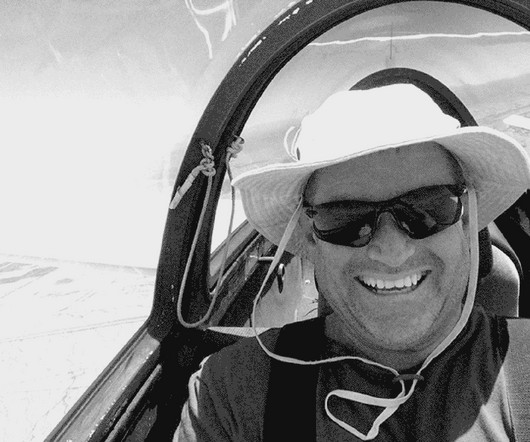

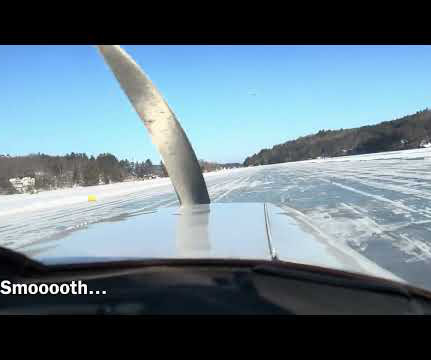






Let's personalize your content